Note: this is part of the ninth edition of our weekly newsletter, the Databyte. To receive it in your inbox, subscribe here.
When was the last time you saw the government releasing a critical notification that was clear enough to not require a subsequent clarification?
Take your time. Plenty of time is all that we’re left with in the lockdown.
No? Ok, when was the last time you saw a government notification requiring a clarification?
Easy. Friday night.
Late Friday night the government released a notification announcing that stand-alone shops may open up with 50% staff and mandatory social distancing. It read something like this.
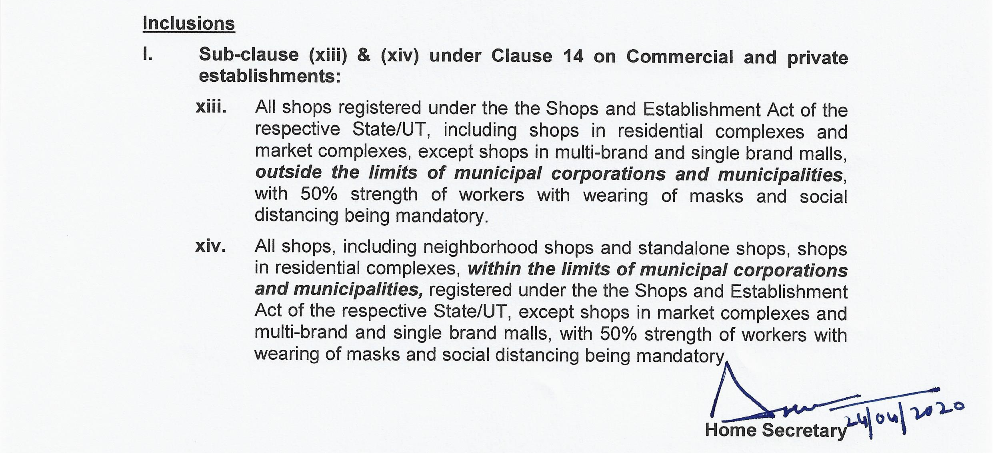
Reminded me of the brilliant Bernard in this scene from Yes Minister. RIP Derek Fowlds.
A clarification was issued later on Saturday morning.

That reads so much better.
“Wait, does this mean I can finally get a haircut?”
“Of course not. Didn’t you see the ‘subsequent clarification’?”

As we slowly begin opening up parts of the economy and regular activity, what remains open and what doesn’t will become all the more important.
This government has flung open the Overton window on what policies are up for discussion. Overton window refers to those policies that the public, and therefore policymakers, will support at any given time.
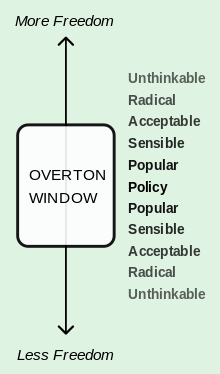
The decision to announce and enforce a nation-wide lockdown in a span of 4 hours was radical (perhaps unthinkable as well) restricting freedom. Will the decision to lift the lockdown be as radical and unthinkable as well? I hope not.
Indian policy responses especially post-demonetization have resembled more like a switch and not a lever.
It’s either a total ban on cash or not.
Complete lockdown or not.
However, lifting of lockdown will have to be gradual. And there is opportunity.
Now that the window has been flung open, the public will accept reasonable restrictions like public places (movie halls, or parks, or mass transport) remaining shut given that we have experienced a blanket lockdown for more than a month.
This may not have been possible before the lockdown was announced. India has nowhere near flattened the curve, on the other hand the number of districts which fall under “green zones” has only decreased.
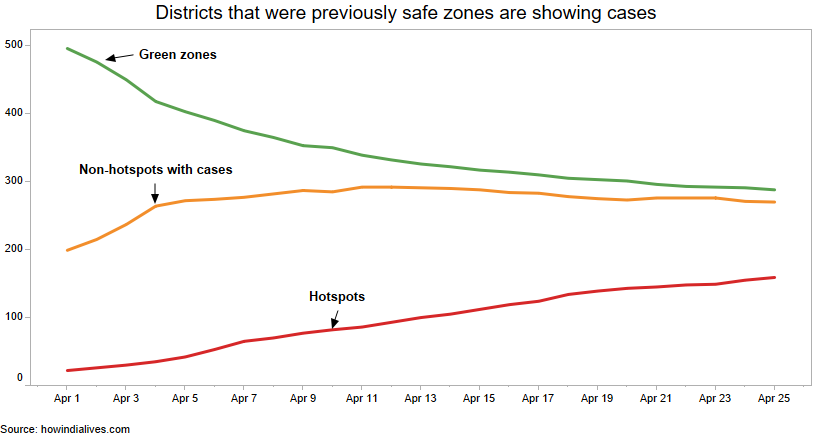
Then there are glimmers of hope.
Of the 270 districts that are non-hotspots with few cases, 118 districts have seen no new cases in the past 10 days. If no new cases emerge in these districts in the next week, these should be declared under the “green zone” where containment efforts are deemed to be successful. They’ll be eligible for more relaxations under the lockdown.
Maybe the barber shops will open.
Both Delhi South and South West have seen no cases in the past 10 days. At least one of my colleagues will be happy.

22% of India’s 717 districts are currently classified as hotspots. These are districts where central government guidelines of shops opening will not apply. They account for 92% of all cases within the country. They also include all large metros and cities in the country.
The trajectory that these districts take, will be extremely crucial. Currently, 41 districts are doubling their number of cases in less than 10 days. Mumbai has a doubling rate of 7.05 days. These 41 districts account for 48% of all of India’s cases.
For economic activity to pick up, businesses will keep a keen eye on how these districts are faring.
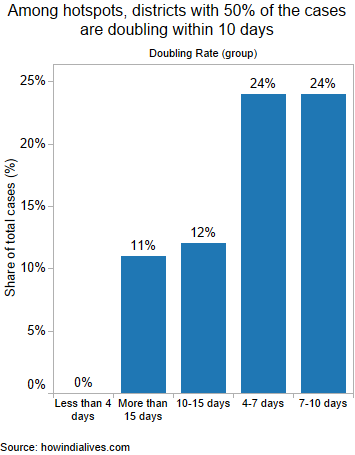
Time to plug
That’s why we’re building a new tracker and dashboard. This will help you keep watch over how some of these key metrics are moving for your areas of interest – which districts can be expected to open, and which will still take time to recover. So that businesses and organisations can organize themselves better.
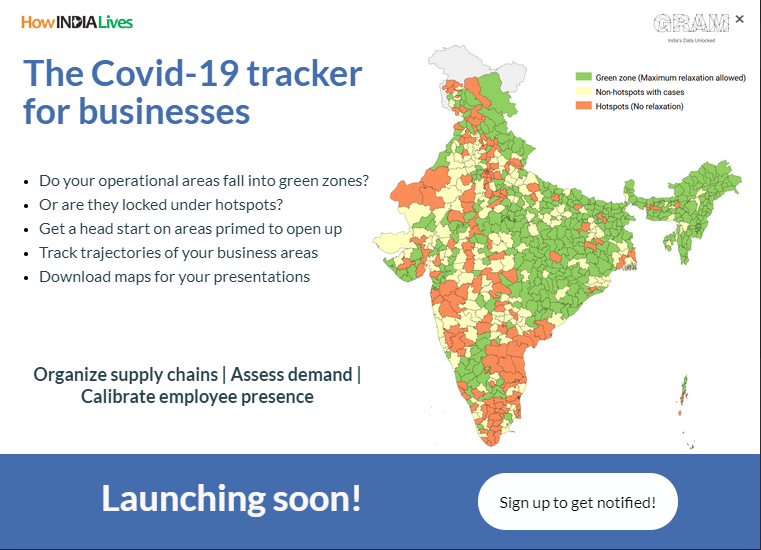
[activecampaign form=51]
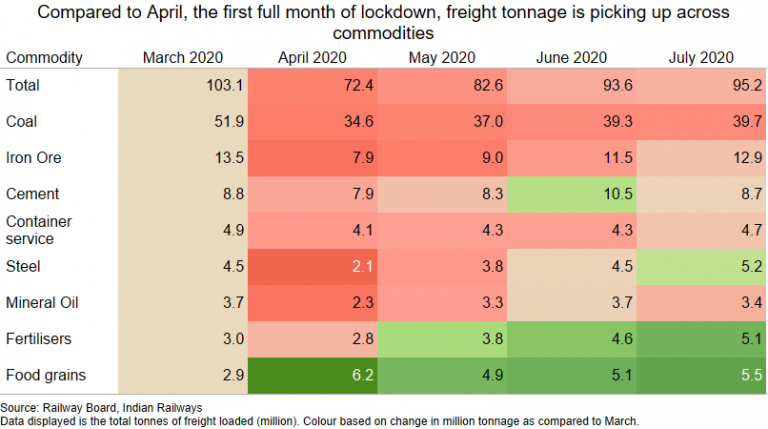

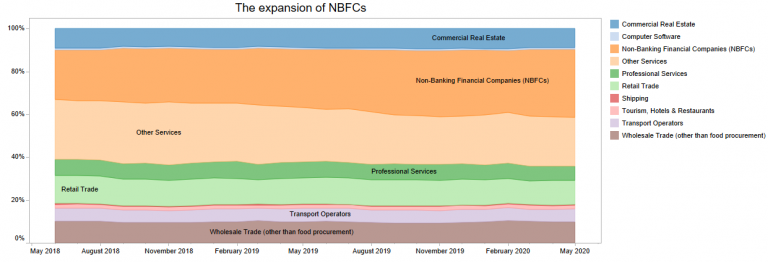
I have a lite account. Will the COVID-19 business tracker be available for me to use?
Hi Abheek, this tracker will only available for basic and Premium users.